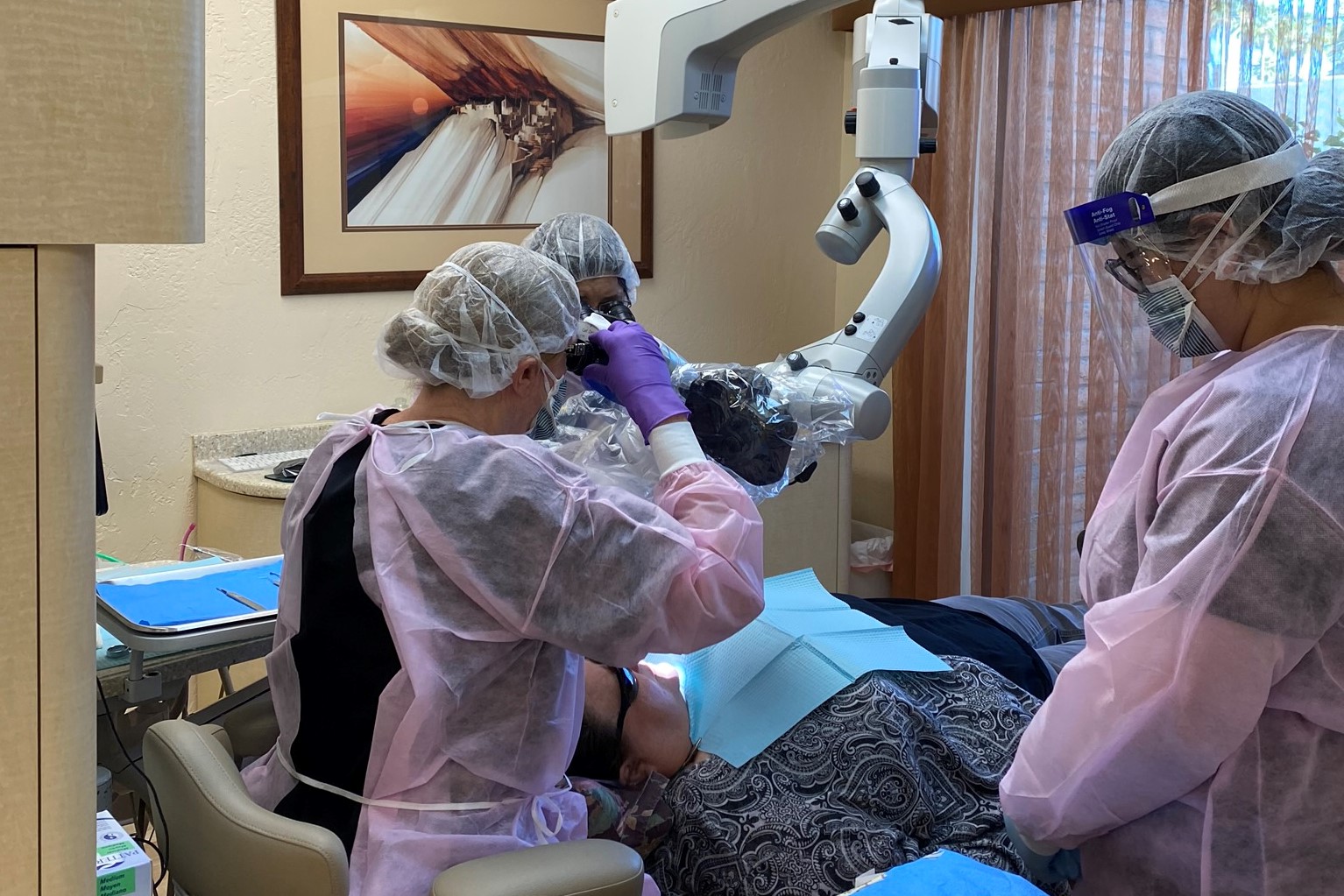When you are missing or have failing natural teeth, you may wonder if your only option is to live with this condition. You could get dentures, but maybe you worry they won’t be compatible with your lifestyle, or take too much effort.
Dental implants are the other common solution to natural tooth loss. They are not for everyone, but different types of implants exist for different treatment challenges. Here’s a quick guide to three common types of dental implants, plus one more also gaining popularity.
 Understanding The Three Types Of Dental Implants
Understanding The Three Types Of Dental Implants
Endosteal Implants – These are the most commonly used dental implants, one of two types recommended by the American Academy of Implant Dentistry. A titanium cylinder (screw) or blade is placed in the jawbone, in the socket of the missing tooth. Endosteal dental implants take four to six weeks to heal, while the implant bonds to the bone through a process called osseointegration. After the healing is complete, an abutment is placed where the new tooth is placed securely on top of it.
Subperiosteal Implants – These implants are an alternative for patients who are not good candidates for the endosteal dental implant procedure. Instead of being placed directly into the jawbone, they are placed between your jawbone and your gum tissue. They can work well for patients who don’t want to use bone augmentation to strengthen their jawbone, or whose jaw simply won’t support the surgery for endosteal dental implants.
All-On-4® – For patients missing an entire arch (upper or lower) of teeth, this implant approach provides a cost-effective alternative to replacing each tooth individually.
During an All-on-4® dental implant procedure, four angled titanium implants are placed in your mouth for each arch of missing natural teeth. You may be provided a special set of abutments and temporary overdentures if your dental provider has elected to do a “teeth in a day” approach. You will eat a modified diet for up to six months while osseointegration is taking place. Once that process is complete, you’ll receive a permanent set of overdentures and can return to eating all the foods you love.
Another new type of popular dental implant is called the Mini-Dental Implant (MDI). An MDI is primarily used to stabilize a lower denture. It is about the width of a toothpick and consists of a socket, ball, and a rubber ring on the end. This type of implant is less invasive, requires less healing time, and generally lasts for many years, depending on the hygiene regimen and other factors for individual candidates for this procedure.
“Dental professionals who provide dental implants have a number of options to fit a variety of patient treatment scenarios,” says Dr. Jacqueline S. Allen, who practices with the Phoenix Endodontic Group. “Our practice is happy to discuss which type of dental implant holds the greatest chance of providing a permanent solution for your natural tooth loss.”
